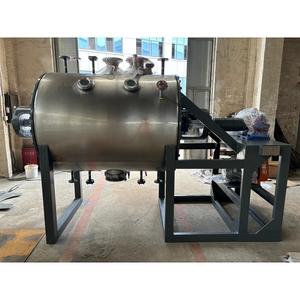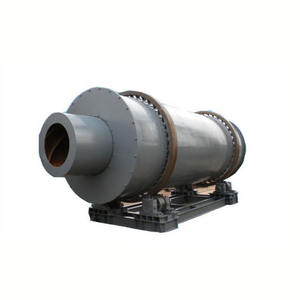Importing heavy machinery from China to the United States is a complex process that requires careful planning, adherence to regulations, and collaboration with experienced partners. As a mechanical engineer involved in global supply chain operations, I will outline the critical steps and considerations to ensure a successful importation process.
(how to import heavy machinery from china to usa)
**1. Compliance with Regulations and Standards**
Before initiating the import process, verify that the machinery complies with U.S. regulatory standards. The Occupational Safety and Health Administration (OSHA), Environmental Protection Agency (EPA), and Customs and Border Protection (CBP) enforce strict guidelines for machinery safety, emissions, and labeling. Ensure the equipment meets U.S. standards such as ANSI, ASME, or NFPA, depending on the machinery type. Chinese manufacturers often build machinery to GB (Guobiao) standards, which may not align with U.S. requirements. Engage a third-party inspection agency to conduct pre-shipment testing and certification.
**2. Supplier Selection and Due Diligence**
Choosing a reliable Chinese supplier is paramount. Verify the manufacturer’s credentials, including business licenses, export history, and compliance certifications. Request references from previous U.S.-based clients. Site visits are recommended to inspect production facilities, quality control processes, and technical capabilities. Negotiate a detailed contract covering specifications, delivery timelines, payment terms (e.g., Letter of Credit), and penalties for non-compliance.
**3. Logistics and Shipping**
Heavy machinery often requires specialized shipping methods. Determine the optimal mode: containerized shipping (for smaller equipment), break-bulk (for oversized components), or Roll-on/Roll-off (RoRo) for self-propelled machinery. Work with a freight forwarder experienced in heavy equipment transport. Incoterms (e.g., FOB, CIF) must be clearly defined to allocate responsibilities between buyer and seller. Ensure the supplier properly packages the machinery to prevent damage during transit. Use corrosion-resistant coatings and desiccants for ocean shipments.
**4. Customs Clearance and Documentation**
Accurate documentation is critical to avoid delays. Key documents include a commercial invoice, bill of lading, packing list, certificate of origin, and compliance certificates (e.g., EPA Form 3520-21 for engines). File an Importer Security Filing (ISF) with CBP at least 24 hours before departure from China. Classify the machinery under the correct Harmonized System (HS) code to determine applicable tariffs. Heavy machinery may qualify for duty exemptions under specific categories, such as agricultural or construction equipment. Note that Section 301 tariffs (up to 25%) may apply to Chinese-origin goods, depending on the product type.
**5. Transportation and Unloading in the U.S.**
Upon arrival at the U.S. port, coordinate with a licensed customs broker to clear the shipment. Arrange for inland transportation using flatbed trucks or specialized carriers capable of handling heavy loads. Obtain state-specific permits for oversized or overweight shipments. Use certified rigging companies to unload and position the machinery at the destination. Inspect the equipment immediately for transit damage and file claims with the insurance provider if necessary.
**6. Installation and Commissioning**
After delivery, assemble and install the machinery according to the manufacturer’s guidelines. Engage qualified engineers to verify alignment, electrical connections, and integration with existing systems. Conduct performance tests to ensure the equipment meets operational specifications. Address any discrepancies with the supplier promptly, as warranty claims may be time-sensitive.
**7. After-Sales Support and Maintenance**
Establish a maintenance schedule in collaboration with the Chinese supplier. Secure access to spare parts, either by stocking critical components locally or negotiating expedited shipping terms. Consider training U.S.-based technicians through the supplier’s onboarding programs to reduce downtime.
**Conclusion**
(how to import heavy machinery from china to usa)
Importing heavy machinery from China to the U.S. demands a methodical approach to regulatory compliance, logistics, and supplier management. By partnering with accredited manufacturers, leveraging expert logistics services, and maintaining rigorous quality control, mechanical engineers and procurement teams can mitigate risks and ensure the timely arrival of reliable equipment. Continuous communication with all stakeholders—suppliers, freight forwarders, customs brokers, and end-users—is essential to navigate the complexities of international trade efficiently.


